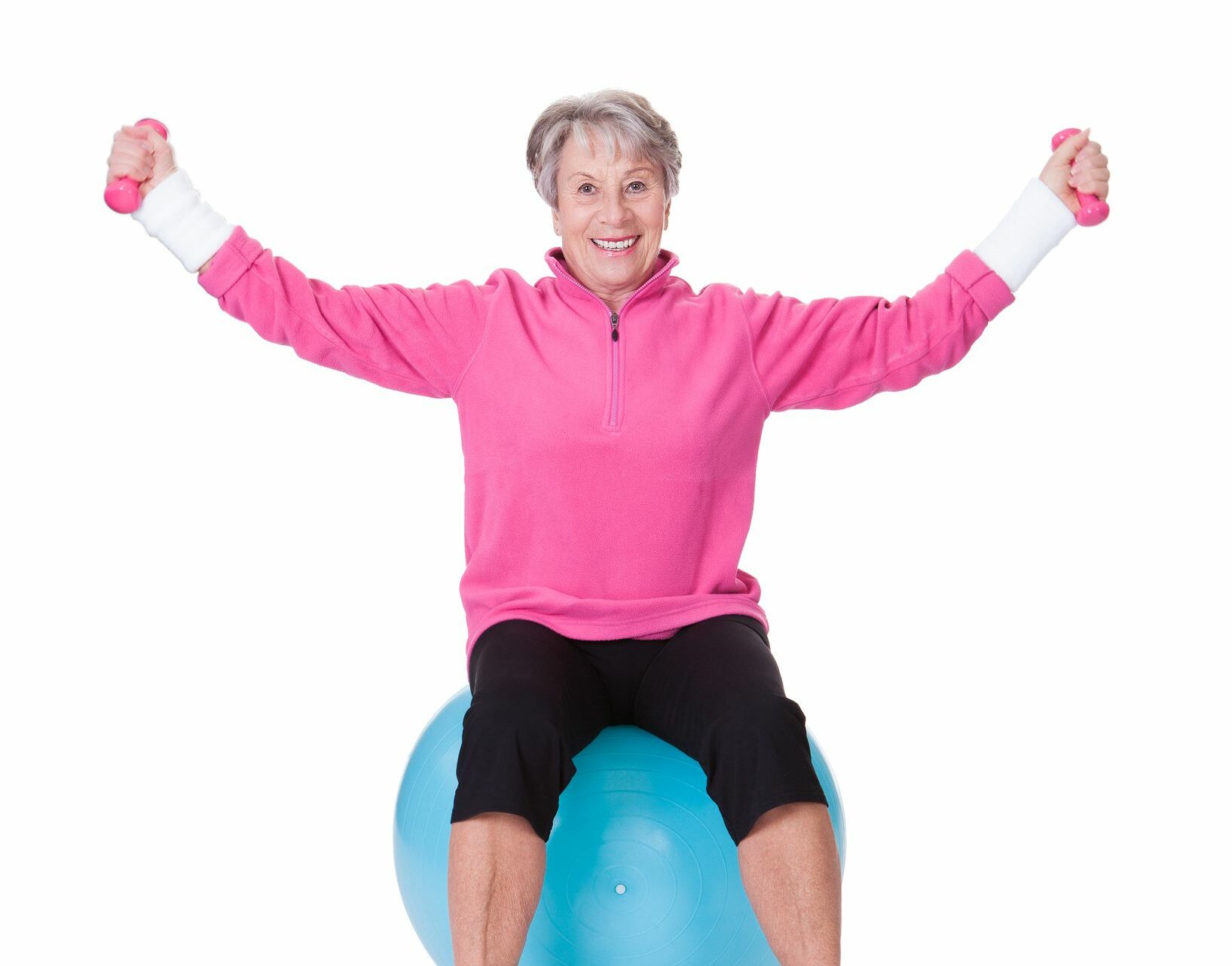Exercise and Arthritis
If You Don’t Use it, You’ll Lose it!
By Dr. Erin Boynton Md
It can be hard to move when you are in pain, but not moving can become even more painful. You lose what you don’t use! Your muscles become weaker and your joints stiffen when you don’t move, and before you know it, you can no longer reach down and put on your socks. This is bad enough, but when you stop moving, you also lose the general health benefits of physical activity. It is clear that exercise is critical for improving overall health and longevity, decreasing the risk of cardiovascular disease, cancer, diabetes and Alzheimer’s disease. So, should we let pain slow us down? Research on patients suffering from osteoarthritis and rheumatoid arthritis would suggest that exercise can be an excellent tool to maintain muscle mass, cardiovascular fitness, range of motion and flexibility AND decrease pain. It is clear however, that when there is a flare of one’s arthritis, activity needs to be modified. Pounding around on an acutely painful swollen joint is not going to be fun and can accelerate joint damage.
Seek advice from a health professional to get guidance with regards to what types of activities you can do and set some goals. I recommend a combination of resistance training and aerobic activity, using lots of variety so that you stimulate your body in many different ways. Oftentimes people with arthritis have imbalances in muscle flexibility and strength. Correcting these imbalances by activating the correct muscles to move your body will lead to improved range of motion and less load on the arthritic joint. Studies show that people with arthritis who participate in resistance strength training programs (low resistance high repetition exercises twice per week) will show gains in lean muscle mass and strength. Aerobic activities such as walking, cycling and swimming have been shown to lead to cardiovascular benefits in patients with arthritis. The key is to start slowly, with low intensity activities. Focus on increasing the duration of activity and building endurance to learn about yourself and your arthritis.
Start a journal, document what activities you have done, how you feel before and after the activity, and rate your pain on a scale of 1-10. You may start to notice patterns and what causes your arthritis to flare. If you have a flare in your arthritis, change your exercise routine and focus. The goal now is to decrease swelling, maintain joint range of motion and muscle activation. I call this going to AA, no not alcoholics anonymous, but joint alignment and activation. I used to have my post-operative patients do this in the recovery room. Align the joint in extension or hold good posture of the spine, and then perform isometric contractions of the surrounding muscles. This had a number of benefits: I noticed decreased swelling as the muscle contraction pumped out the congestion, which had the positive benefits of decreased pain, and maintenance of range of motion. It is also great, as it keeps you in the habit of exercising and gives you something to do for yourself that feels good.
Don’t forget, exercise is a great source of those feel-good molecules called endorphins. I know it can be really tough when you are in pain due to arthritis, but I want you to have hope that there are creative solutions to keep you going. Remember, life is motion.
Dr. Erin Boynton or “Dr. B” is an Orthopaedic Surgeon with a unique approach to musculoskeletal pain, blending both the art and science of medicine. To learn more about Dr. B and her work visit doctorerinb.com




